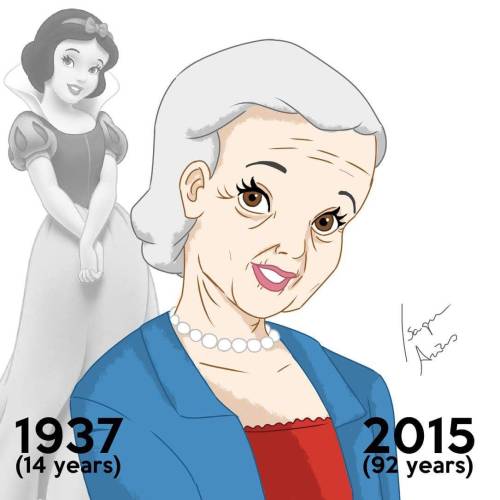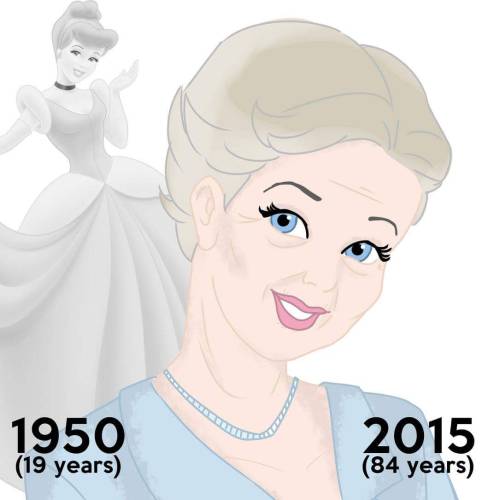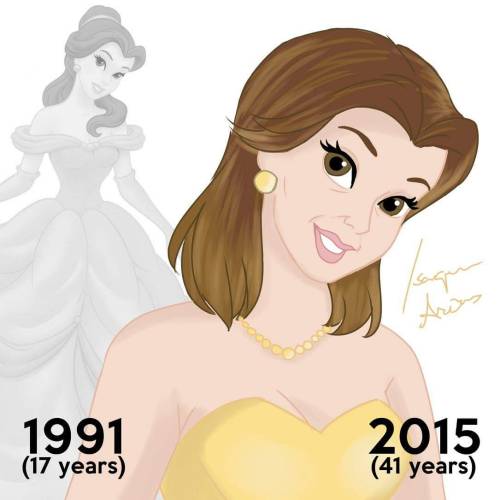Writing From Scratch #4
Writing from Scratch #4
The Milieu Plot
The problem of the milieu plot involves a problem of location or setting. The character is often either in a place they need/want to escape from or not in the specific place they need/want to be in. The try-fail cycles will involve traveling away from or to the location. Gulliver’s Travels, The Great Escape, and The Hobbit contain milieu plots.
The Lord of the Rings contains one very large milieu – the problem of getting the One Ring from the Shire where its been hidden for a number of years to Mordor where it can finally be destroyed. We can further break this down into smaller milieu plots. Let’s look at one: the problem of crossing the Misty Mountains. (And we’ll use the events as they occur in the movie, since more people have watched that than read the book)
Read More on WordPress
More Posts from Feralpaules and Others
Spring Reading Reviews '16
This spring's list: NK Jemison, Rainbow Rowell, Stephen King, & Agatha Christie #amreading
Wow, it’s been a while since I’ve written anything here. I’ve been hard at work at my new novel, so apologies for my absences but really Sorry, Not Sorry. I have been reading though, and here are my thoughts on what I read this spring (March-May). Minor spoilers (nothing plot related) below for The Hundred Thousand Kingdoms by NK Jemison, Carry On by Rainbow Rowell, The Future of Life by Edward…
View On WordPress







Disney Princesses at their Current Ages
Writing from Scratch #9: Complex Plots, Part 2
Writing from Scratch #9: Complex Plots, Part 2. Writing from Scratch is a weekly blog series that takes writing back to the basics. #writing #writingadvice
Writing from Scratch is a weekly blog series that takes writing back to the basics. Each week we’ll build on what we’ve learned before to craft our stories.
Go to index. Go to first post. Go to previous post.
Complex Plots, Part 2: Modifying Plots
The second way we’ll try complicating a plot is through plot modifiers. This happens when a try-fail cycle not only furthers the solution of…
View On WordPress
A Plea for Good Horror Movies
A Plea for Good Horror Movies
Puck and I watch a ridiculous amount of horror movies. New horror movie out in theaters? We’re there. Horror movie marathons at my house? It’s on. (more…)
View On WordPress







Disney Princesses at their Current Ages

‘River of Fish’ stair runner by The Rug Company. Designed by Barber & Osgerby.
Making a Plan
So, editing is eating my soul. And by that I mean I’m so deep in the revisions process that getting my brain back to writing for this blog is proving quite difficult. But I’m making a plan. Two posts a week! (This totes counts as a whole post.) Even if it’s just to say, “Hey I’m alive! Also, still editing.” (It’ll be longer than that, promise.) Regular updates are back, baby! PS. Puck and I…
View On WordPress
Writing from Scratch #8
Now that we have gone over the four simple plot-problems (1, 2, 3, 4) and how they are solved through try-fail cycles, we’ll take a look at how to make complex, compound, and compound-complex plots through the same devices as sentence creation.
The first way we’ll try complicating a plot is by making the solution of the first noted plot-problem dependent on the solution of a second plot-problem, which stands in for easy solution prevention. We’re typically going to use dependent plots to strengthen audience satisfaction when the character is finally able to succeed. Or, like in the case-study we’ll look at today, they can be used to draw what appeared to be disparate plots together in longer works.
Read more on WordPress

So sometimes I see bros on the internet talk about how women couldn’t have worn armor historically, because it was too heavy for them.
Here is a picture of me wearing armor when I was a nerdy 14-year-old girl who was about 5 feet tall and weighed less than 95 pounds. I sometimes wore it for 6 hours straight in summer heat, and I would run and turn summersaults in it for fun.
And before you start asking: this was authentic full steel plate with a padded arming doublet underneath. It weighed so much that I couldn’t carry the plastic tub it was stored in on my own. It was heavy. But once I was wearing it I just felt like I was being hugged or wrapped up in a really heavy blanket. That’s how armor works. The whole point is that the weight is distributed across your whole body, and your whole body can lift a huge amount. It has nothing to do with how strong you are or how much you can bench.
So if you think women are too weak to wear armor, you are wrong on so many levels. It does not even matter if you believe in your little misogynistic heart that all women are defined by their physical inferiority when compared to men, because you are also just wrong about how armor works. Even skinny teen girls can wear armor just fine. Everyone can wear armor.
Writing from Scratch #6: The Character Plot
The Character Plot
The problem of a Character plot involves a character’s worldview – their beliefs, values, desires, and fears. Many but not all stories include a Character plot, often called a character arc, in which a character’s worldview shifts. A Character plot is entirely concerned with the internal state of the character in question and as such is rarely seen on its own. When it is on its own, as it is in “Miss Brill” by Katherine Mansfield, you can end up with an extraordinary story.
Because a Character plot is entirely internal, the try-fail cycles don’t work out exactly the same as they do when dealing with an external/physical problem and solution; they are also up for interpretation by the reader when done subtly and beautifully as in “Miss Brill.” Character plot try-fails are often not even done intentionally as typically the character does not realize a change in the worldview needs to occur. So, read “Miss Brill” (it’s short, less than 2,000 words) and try for yourself to determine the problem – it’s not stated directly – and identify the try-fails. After, you can read over my interpretation, please let me know in the comments how our thoughts compare!
The Problem of Miss Brill’s Worldview: Miss Brill is incredibly lonely, and she doesn’t realize or acknowledge it.
First Try: Miss Brill cleans up and puts on her fox fur. Fail: Yes, Miss Brill recognizes for a brief moment that she is sad, but she doesn’t realize why and puts it out of her mind.
Second Try: She sits on her regular bench in the park and tries to eavesdrop on the old couple sitting nearby. Fail: No, the old couple don’t speak, and Miss Brill doesn’t attempt to interact.
Third Try: Miss Brill people watches everyone in the park. Fail: Yes, she sees the other older men and women sitting alone and still as statues around the park watching everyone else, but she doesn’t see that she herself is one of those people.
Fourth Try: Miss Brill watches the woman in ermine. Fail: No, she completely misses the similarity between herself and woman, and the woman in ermine is more determined to take action than Miss Brill.
Fifth Try: Miss Brill loses herself in a fantasy about everyone in the park, including herself, being a part of a play or performance. Fail: No, she clearly overestimates her importance, believing that everyone would miss her if she failed to show up on Sunday afternoon, and although she fantasizes that they have reached some common enlightenment or understanding, she doesn’t know what that understanding is.
Final Try: Miss Brill eavesdrops on the young couple. Solution: No, Miss Brill feels lonelier than ever, but she still won’t acknowledge it.
Prompt: write a flash fiction with a Character in which the plot-problem is the worldview “asking for help is a sign of weakness” and the plot-solution is the worldview “asking for help is a sign of strength.” Remember to keep the focus on the internal state of the character even as the character takes external actions. You’ll decide on the character, the setting, and the genre, as well as what are the stakes if the worldview doesn’t change and what is preventing the change from happening immediately.
Want more? This is just one of over 80 posts on my website theferalcollection.com/writing-from-scratch
-
 theferalcollection reblogged this · 4 years ago
theferalcollection reblogged this · 4 years ago -
 feralpaules reblogged this · 4 years ago
feralpaules reblogged this · 4 years ago -
 feralpaules reblogged this · 4 years ago
feralpaules reblogged this · 4 years ago -
 feralpaules reblogged this · 4 years ago
feralpaules reblogged this · 4 years ago -
 theferalcollection reblogged this · 4 years ago
theferalcollection reblogged this · 4 years ago -
 feralpaules reblogged this · 4 years ago
feralpaules reblogged this · 4 years ago
check out my main blog www.theferalcollection.wordpress.com and find fandoms and funstuff on www.theferalcollection.tumblr.com
103 posts